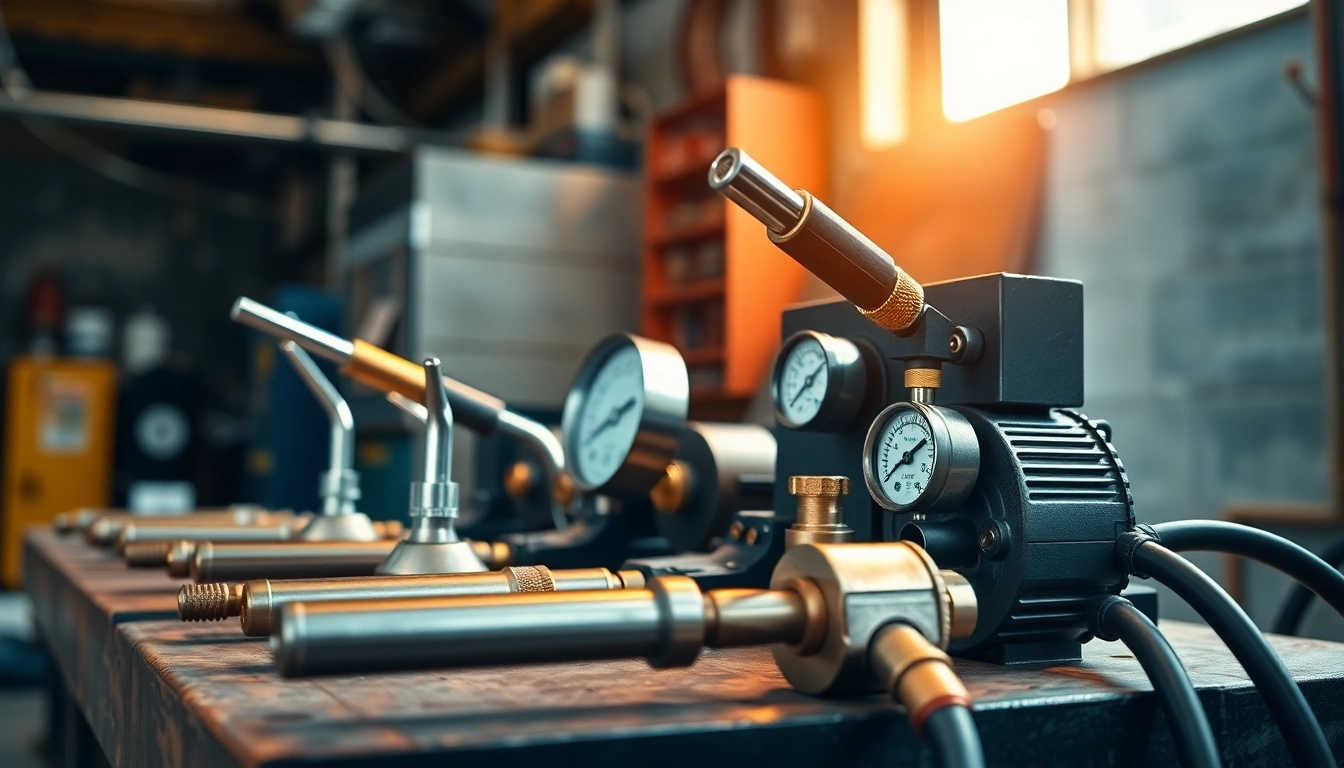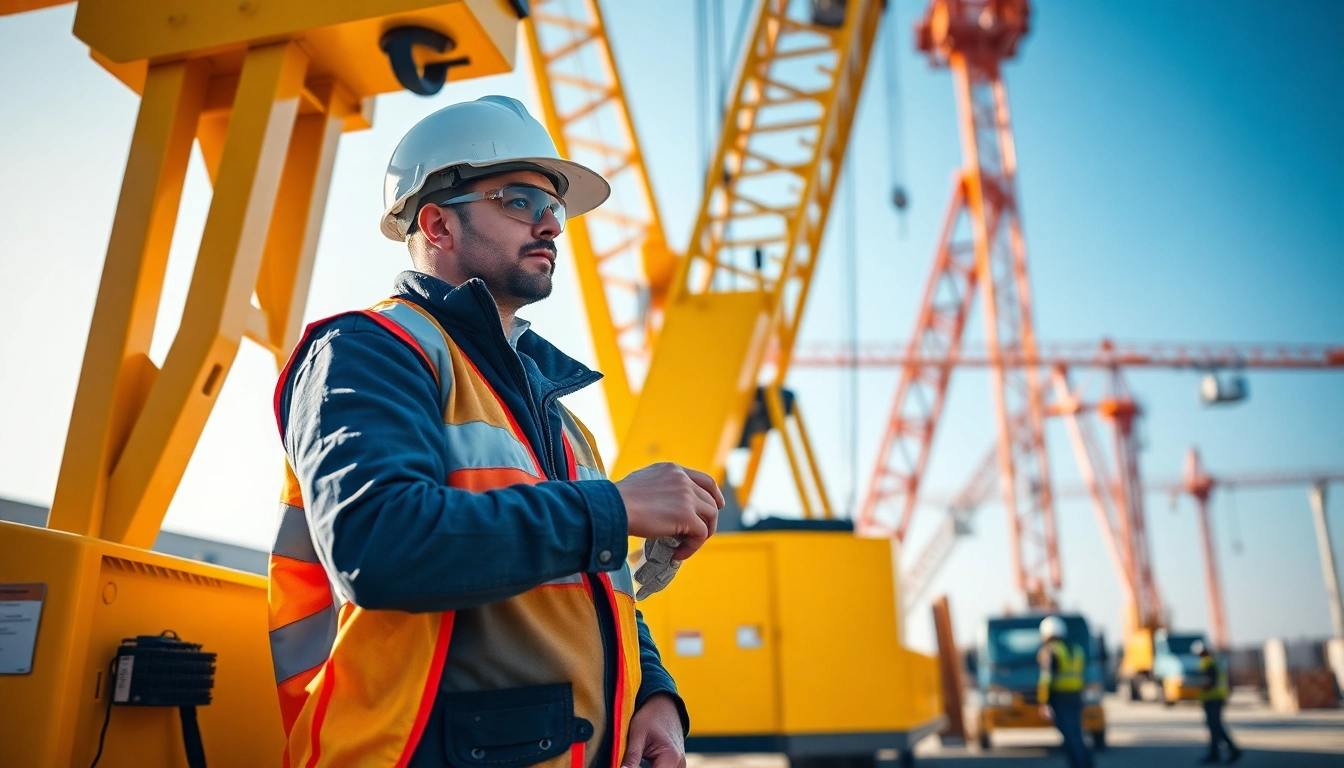Understanding Pipe Stress Analysis
What is Pipe Stress Analysis?
Pipe stress analysis is a crucial engineering process that evaluates the mechanical integrity of piping systems, ensuring they can handle a variety of physical and thermal stresses during operation. By considering factors such as temperature fluctuations, vibrations, and the weight of liquid or gas transported through the pipes, engineers can predict potential failures before they occur. This proactive approach helps in avoiding catastrophic failures that can result in costly repairs, project delays, and safety hazards.
Importance of Pipe Stress Analysis in Engineering
In the realm of engineering, the significance of pipe stress analysis cannot be overstated. As industries such as oil and gas, manufacturing, and chemical processing rely heavily on complex piping systems, understanding the stress that these systems endure is vital for several reasons:
- Safety: Proper analysis ensures that piping systems operate within safe limits, reducing the risk of leaks or bursts that could pose significant safety hazards to personnel and the environment.
- Regulatory Compliance: Many industries are subject to strict regulatory standards that mandate comprehensive analysis to avoid legal repercussions and ensure operational compliance.
- Cost Savings: Investing in thorough pipe stress analysis can prevent expensive downtime and damage control measures, ultimately saving companies substantial amounts of money.
- Performance Optimization: A well-analyzed piping system functions more efficiently, significantly improving the overall performance of the facility.
Common Techniques Used in Pipe Stress Analysis
There are several methodologies used in pipe stress analysis, each suited to specific types of systems and conditions. Here are some of the most commonly employed techniques:
- Finite Element Analysis (FEA): This advanced computational technique allows engineers to model complex structures and assess how different forces impact them. FEA is particularly useful for intricate piping layouts where manual calculations become impractical.
- Strain Gauge Measurement: By physically attaching sensors to a piping system, real-time stress and strain data can be collected, providing direct insights into the structure’s performance under operational conditions.
- Thermal Expansion Analysis: Pipes often expand or contract due to heat changes. Analyzing these thermal movements is vital in ensuring that the systems are designed with adequate allowances, preventing stress concentrations that could lead to failures.
- Flexibility Analysis: This method assesses how much a pipe can move without experiencing excessive stress. Flexibility is particularly important near connections, bends, and supports.
Identifying Challenges in Pipe Stress Analysis
Typical Issues Faced During Analysis
While pipe stress analysis is essential, it is not without its challenges. Engineers often encounter various issues which can hinder accurate results:
- Complex Geometries: Piping systems in industrial environments are often intricate, making it difficult to create a precise model for analysis.
- Insufficient Data: Accurate analysis relies heavily on data such as material properties, operating conditions, and stress limits. Inadequate or inaccurate data can lead to unreliable outcomes.
- Vibration Analysis: Pipes can experience dynamic loading from machinery or fluid flow which produces vibrations. These vibrations can significantly affect the stress levels, complicating the analysis further.
Consequences of Poor Analysis
The ramifications of inadequate pipe stress analysis can be severe and multifaceted:
- System Failures: Insufficient analysis can lead to catastrophic failures, resulting in unplanned shutdowns, harmful emissions, or even catastrophic explosions in extreme cases.
- Financial Losses: Poorly engineered systems can incur high repair costs, insurance claims, and can impact project timelines.
- Reputation Damage: Reliability and safety issues can tarnish a company’s reputation, leading to a loss of customer trust and market position.
Best Practices for Accurate Stress Analysis
To ensure reliable results in pipe stress analysis, following best practices is essential:
- Utilize Advanced Software: Invest in state-of-the-art modeling and analysis software that can simulate real-world conditions accurately.
- Regular Training: Engineers should undergo continuous training to stay updated on the latest methodologies and technologies in the field.
- Conduct Thorough Reviews: Emphasize peer reviews of analysis results to identify any potential oversights or errors before implementation.
- Integrate Feedback Mechanisms: Establish a system for learning from past projects by analyzing successes and failures to improve future analyses.
Choosing the Right Pipe Stress Analysis Company
Key Factors to Consider
Selecting the right pipe stress analysis company is imperative for ensuring the integrity of your piping systems. Here are factors to consider:
- Experience and Expertise: Look for companies with extensive experience in the industry, complemented by a team of qualified experts.
- Technological Capabilities: Ensure the company uses the latest analysis tools and software for accurate modeling and assessments.
- Customization Flexibility: Different projects have unique requirements; firms should be willing to tailor their approaches based on specific project needs.
Comparing Services and Expertise
When considering various pipe stress analysis companies, conducting a comparison of services offered can help you make a more informed choice:
- Range of Services: Some companies may specialize in niche markets, while others provide broad services across multiple sectors.
- Quality of Research: Verify the firm’s commitment to continual research and development, as innovation is critical in this field.
- Response Times: Investigate how quickly companies respond to inquiries and how timely their project timetables are.
Reviewing Client Testimonials and Case Studies
Before finalizing a decision, reviewing client testimonials and case studies is highly beneficial:
- Past Success: Look for proven track records of successful projects related to your specific industry or needs, which can indicate the company’s ability to handle your requirements.
- Client Feedback: Analyze feedback from previous clients to gauge satisfaction levels and reliability of services.
- Impact Assessments: Seek insights on how the analysis conducted by the company has positively affected their clients’ operations.
Implementing Pipe Stress Analysis Solutions
Steps for Effective Implementation
Once you have selected a pipe stress analysis company, successful implementation involves a series of steps:
- Initial Consultation: Conduct a detailed discussion to outline project scopes and expectations.
- Data Collection: Gather all relevant data regarding current systems, including physical layouts, operational conditions, and historical data.
- Model Development: The analysis team will create models that represent the piping system under various conditions.
- Execution of Analysis: The chosen methods will be executed to identify potential stress points and weaknesses in the design.
- Review and Recommendations: The analysis’ findings will be reviewed, and a detailed report with recommendations will be provided for implementation.
Tools and Software Recommendations
Many innovative tools and software platforms can enhance the effectiveness of pipe stress analysis:
- AutoPIPE: A widely used engineering software for pipe stress analysis that allows for integrated design and analysis.
- CAESAR II: Renowned in the industry for its comprehensive capabilities in stress analysis for piping systems.
- ANSYS: Offers advanced FEA capabilities that can be tailored to complex piping geometries and material properties.
Continuing Support and Assessment
Implementing solutions is not a one-time activity; ongoing support and assessment are essential:
- Regular Maintenance Checks: Schedule routine inspections to identify and address potential stress points before they escalate into serious issues.
- Continuous Training: Ensure that personnel undergo periodic training to keep the team well-prepared for the latest practices in pipe stress analysis.
- Feedback Loops: Promote a culture of feedback where engineers can share insights and findings to improve future analyses and implementations.
Measuring Success in Pipe Stress Analysis
Key Performance Metrics
To evaluate the effectiveness of pipe stress analysis efforts, organizations should consider tracking key performance metrics. These may include:
- Reduction in Failures: Comparing the incidence of pipe failures before and after the implementation of analysis can indicate success.
- Project Delivery Times: Evaluate how pipe stress analysis contributes to timely completion of projects.
- Cost Savings: Assess the financial benefits gained from preventing issues through effective analysis.
Case Studies of Successful Implementations
Researching case studies where pipe stress analysis has been integral to project success provides valuable insights:
- Example 1: In a petrochemical plant, implementing an advanced analysis methodology led to a 40% reduction in unplanned shutdowns and increased operational efficiency.
- Example 2: A manufacturing facility experienced significant improvements in safety after reinforcing their piping systems based on thorough stress analysis, leading to zero incidents over several years.
Future Trends in Pipe Stress Analysis
As technology continues to evolve, several emerging trends are shaping the future of pipe stress analysis:
- Integration of IoT: The Internet of Things (IoT) enables real-time monitoring of piping systems, allowing for proactive stress analysis and maintenance.
- Advancements in AI: Artificial Intelligence is beginning to play a role in predictive analytics, enhancing the ability to foresee potential issues in piping systems.
- Cloud Computing: Cloud-based analysis software allows for more collaborative and effective stress analysis, streamlining processes across teams.



